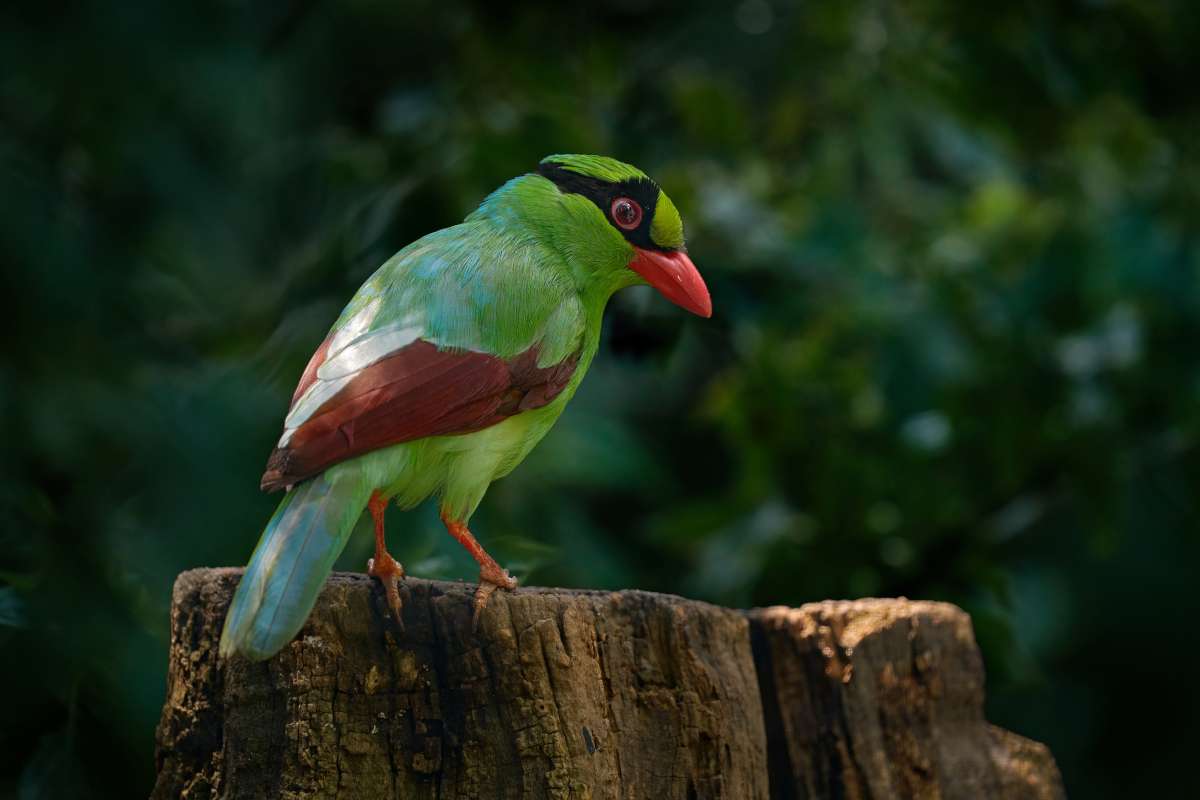
Cryopreservation could offer a future for the world’s most endangered species
By
In a laboratory in Shropshire, hundreds of little vials hold the promise of life. This is Nature’s SAFE, where scientists are storing the cells of endangered species in the hope of safeguarding their future. Carefully frozen in cryoprotectants (like antifreeze), these cells will be held in the laboratory’s liquid-nitrogen storage tanks until ten, 20, 30 or 1,000 years from now – ready for the time when they might be needed.
We currently face an unprecedented and accelerating decline in biodiversity. In 2019, a UN report estimated that a million species face extinction. Nature’s SAFE isn’t the only biobank in Europe, but it’s the first ‘living biobank’, says founder and chair Tullis Matson. The samples here aren’t just a biological database. The idea is that, one day, they could be resurrected.

At present, 114 rare and at-risk species have been cryopreserved. Some, such as the jaguar, face habitat destruction, while others, such as the southern white rhino and the Javan green magpie, are threatened by poaching and illegal trade. The mountain chicken frog (named for its size and taste rather than its appearance) has been all but wiped out by a devastating fungus. The tissue samples of these species come from places such as Chester Zoo, following the natural death of a resident animal. Ear skin cells are best, as they regenerate ‘very, very quickly,’ says Matson, who still finds the science behind this process incredible. ‘We can freeze a cell down to –196°C, and it can sit there in suspended animation for 30-odd years before we thaw it out in our lab for 30 seconds, at 37°C, and see it spring back into life.’
One major concern, as a species’ numbers decline, is that the gene pool becomes too small for them to successfully reproduce. ‘That’s where Nature’s SAFE really comes in,’ says Matson. ‘We can then inject unrelated genes to help sustainability.’ This isn’t just a theory – it has already been done. In 2020, a black-footed ferret named Elizabeth Ann was born, cloned from a wild-caught black-footed ferret whose cells had been cryopreserved in 1988. The tiny remaining population of wild ferrets are all as closely related as cousins, but researchers have determined that Elizabeth Ann has nearly three times more genetic diversity than any other living black-footed ferret.
There are often big differences between cryopreserving one species and another. Lions and jaguars are relatively straightforward – cats have already been cloned – but amphibians, whose cells don’t proliferate quickly, require unfamiliar techniques. ‘We’re really treading on new ground when it comes to cryo-conservation,’ says Matson.
At the time that Elizabeth’s Ann wild ferret parent died in 1988, the technology to clone her didn’t yet exist. But her tissue samples were sent to San Diego Zoo, where they remained frozen until more than 30 years later. Nature’s SAFE is also freezing for future technologies. Banking frozen cells won’t prevent biodiversity loss on its own, but it could help. ‘We are one tool in the toolbox of conservation,’ says Matson. ‘One thing we do know is that if we don’t freeze those cells now, in 20 or so years, we will have nothing.’




